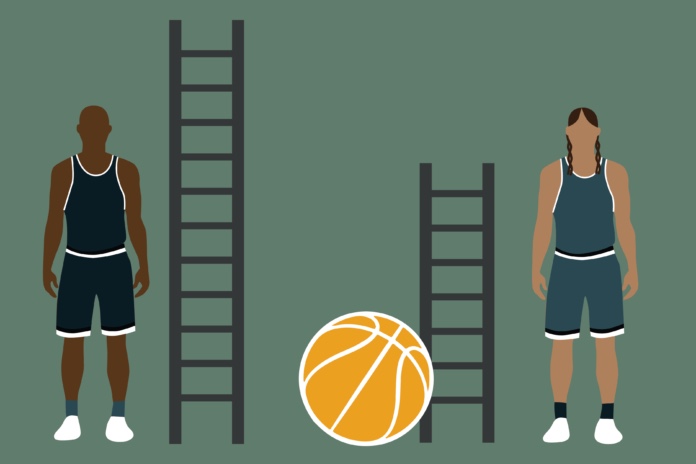Is Siena College treating their women’s team differently than their men’s?
Gender inequality within athletics has been present all throughout the history of sports. But is it present in Siena’s sports specifically? Who better to ask than the women athletes themselves?
To do so, I sent out a quick six question survey, with a seventh optional question. The questions focus on what, if any, inequities exist between Siena sports teams, as well as what those inequities are.
Question One:
How many Siena sports have you played?
Question Two:
Do you believe that there are gender inequities within SIENA sports?
For this question, I provided the respondents with four possible choices:
- A large amount of inequities
- Some inequities
- There are very few areas of inequities
- There is no gender inequity in Siena sports
Out of all of the respondents’ answers, no one chose that there is no gender inequity in Siena sports and only one person chose that there are very few areas of inequities. The majority of responses (55.6%) said that Siena sports hold a large amount of gender inequities.
These results make it clear that Siena women athletes are facing at least some inequities. So what, specifically, are they?
Question Three:
If you could make one (SPECIFIC) change in the way Siena treats women in sports, what would it be?
Here are what the Siena women athletes had to say:
“One specific change would be for the men’s and women’s team to get separate, but equal budgets. Both teams should get the same warm-ups, equipment, transportation, and opportunities.”
“Equal amenities and treatment to both men and women.”
“Our women’s sports consistently play very well and do not get enough attention via social media.”
“Promoting women’s sports as much as men’s/bring in revenue with women’s sports.”
“Exact same gear for all teams.”
“Team budgets and where they compete.”
“More opportunities and budget towards women’s teams.”
“Giving equal attention to the women’s teams as the men’s teams.”
“To give us the same attention they give the men’s team. We don’t get [as much] attention as the guys do. The sport we play is very dangerous and at men’s games it’s a requirement for them to have an ambulance but not for us. We don’t get any merchandise or free stuff but the guys do. We don’t get priority for practice spaces or game times.”
Question Four:
What is the largest area that you see gender inequity have an impact on?
Above are the results of question four, where I asked the respondents where the largest area of inequity they face is. The three options I gave them were: “Budget”, “Opportunities (includes where you can play)”, and “Credit & Advertisement for Games”.
Although a couple of the respondents mentioned opportunities in their responses to the previous question, opportunities is the only area that was not picked by anyone for this question. Two athletes picked “Credit & Advertisements for Games”, and everyone else (77.8%) picked “Budget”.
Question Five:
Compared to other colleges, how well do you believe Siena treats their women in sports?
For this question, I provided the respondents with five possible choices:
- Much better than other colleges
- Slightly better than other colleges
- Not better or worse than other colleges
- Slightly worse than other colleges
- Much worse than other colleges
The good news for Siena is that no one who participated in this form chose that they think that Siena treats their women athletes much worse than other colleges. Along with this, only 22% of participants chose that Siena treats their women athletes slightly worse than other colleges.
55.6% of participants said that Siena treats their athletes not better or worse than other colleges. “Much better than other colleges” and “Slightly better than other colleges” both received 11%.
Question Six (Optional):
If you feel comfortable, please explain a specific athletic experience(s) that left you feeling angry with Siena?
I received five responses to this question:
“A men’s team gets the opportunity of traveling once a year to a place of their choosing to play games, while the women’s team doesn’t get that opportunity.”
“Lack of locker room space/social media.”
“The men’s [sport redacted for anonymity] team puts in real money and effort towards requirements while the women’s team gets nothing.”
“The men’s team just gets slightly more funding, which could simply just be that they get more fans but it still can be frustrating. Other than that, the womens [sport redacted for anonymity] team is treated very well!”
“Our athletic director for [sport redacted for anonymity] is all over the mens team and not the women. If we did one thing wrong… we would get in so much trouble. There’s just a lot of favoritism with our athletic director specifically and it’s definitely not a favoritism of the girls.”
What These Results Say
These results, unfortunately, confirm that our Siena women athletes are treated with less consideration and importance than our Siena men athletic teams. Although all of our women teams perform incredibly well, our school (allegedly) does not treat them in a way that reflects this.

